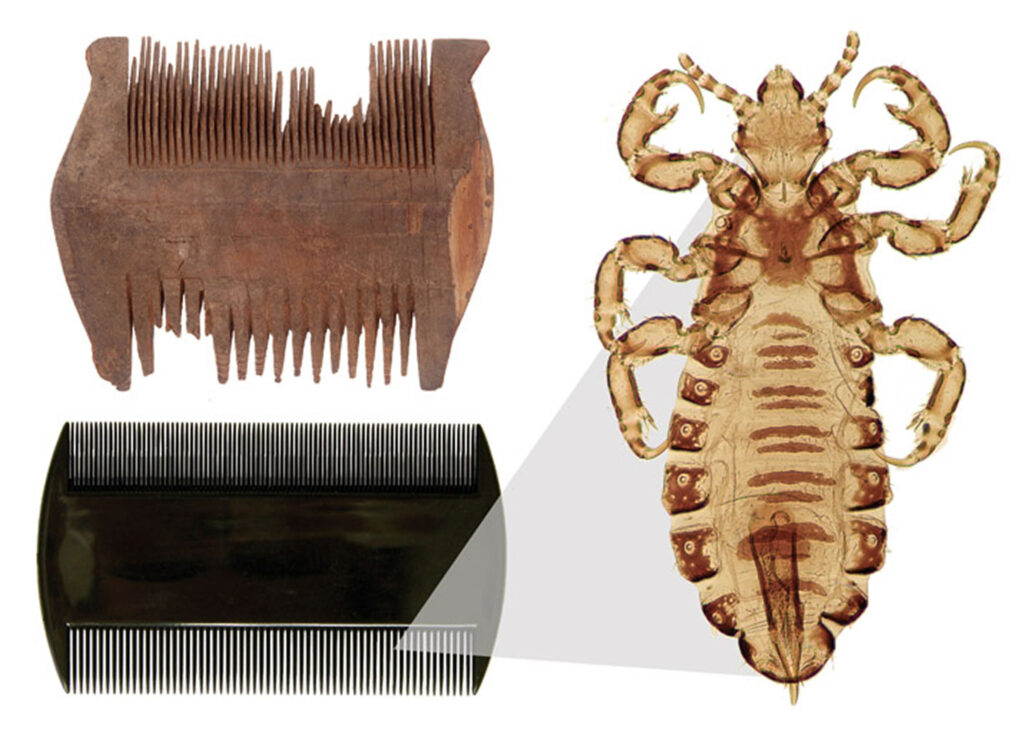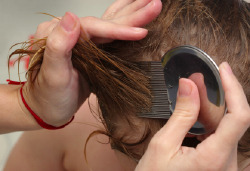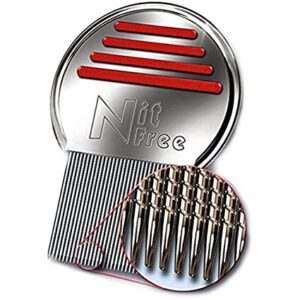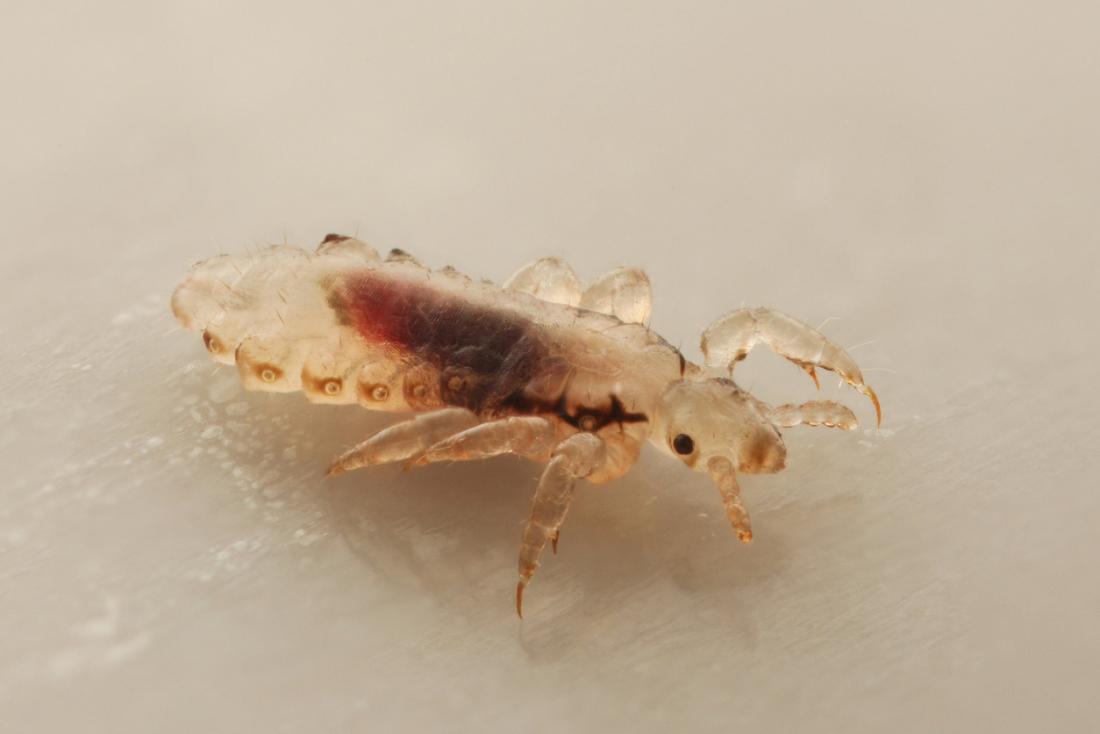Has Your Child Been Infected With Head Louse? Here’s the Facts and Treatments
Contents
More than 9 million children are infected by the ghastly head louse, with millions more suffering from it among adults. If your child is suffering from headlice, it can be a devastating experience for them. At this stage, they are helpless so you have to find a way to help them.
If you find yourself in this situation, then you can rejoice. Not only is it easy to identify, but there are effective treatments that exist for this disease.
Read on and I’ll show you the signs to look for, how to diagnose it, treat it and prevent future occurrence.
Facts About the Head Lice

Nit is the first thing you want to pay attention to on the lice. It’s the part that’s attached to the base of the hair shaft near the scalp.
It’s oval in shape and can be a reddish-brown or pearlescent white color before hatching.
It’s as big as the head of a pin and hatches in 10 days. Given another 10 days, this nit will develop into an adult head louse and begin laying its own eggs.
Lice
The lice survive on human blood. It will die off in only a couple of days when cut off from that. They thrive in warm and moist areas. However, they will still survive in clean and hygienic hair.
So, when you see your child’s scalp attacked by this, it’s not a sign that they are unhygienic. Rather, they were just unfortunate to be infested.
The width of a full-grown head louse is around 2-3mm and can live up to a month.
When in this stage, their color is determined by the haircolor of their host.
A sufferer with light hair, for example, will host a whitish louse. And a dark louse is likely to be found on dark hair color.
Signs and Symptoms
Fortunately, there aren’t a lot of symptoms or signs to look for so it’s easy to identify when your child is suffering from a louse infection. When infected, the scalp can become sore.
Also, if you notice your child feeling an itchy sensation all the time, that may be an ample sign they’re suffering from it.
Diagnosis
The first thing you want to ensure is that there is an infestation. If you see any of the signs above, you should check for hair casts from follicles or a chunk of dandruff.
This can look very much like a nit. However, if it’s the nit, it’ll usually be glued to the hair strands. And very, very difficult to disentangle. Because they’re light and tiny, it may be difficult or downright impossible to spot them on your child’s hair during the inspection.
The live lice can play hide and seek games with you when you seek them, so be sure to be thorough with your search.
Prevention
I love the saying, “prevention is better than cure”. This saying has similar connotations in many other languages. And truly, it engulfs every aspect of our lives.
While any child can be unfortunate to pick up this disease, there are quite a few things the parent can do to help forestall the occurrence.
One of the effective ways of keeping a full-blown louse affecting your child’s hair is making sure they regularly comb with a nit comb. This will stop them in their tracks while also preventing them from laying eggs.
These things are fertile, they’ll lay 100 eggs in a short time. Combing is thus a good step in forestalling their development and reproduction. And your child’s hair and scalp will be in healthy condition.
You might also need to inform your child’s school, caretaker, depending on how old your child is, that they have been infested with head lice. This will help prevent other cases and make them sensitive to your child’s health and care.
Also Read: Is Cantu Bad for Your Hair?
Are There Treatments?
Yes, there are treatments for head lice infestation. The first thing you should do is become more vigilant especially after conquering the lice. You don’t want to eradicate it and have it come back later. You have to reduce the chances of re-infestation.
The other things you can do is remove the lice manually or use chemical treatment. There are debate on which one is the most effective. However, you need to decide on the one you’re most comfortable with.
As a hair resource, I can only provide you with general information on how to recognize lice. The treatments mentioned here too are just best practices.
They are not foolproof. When you go with the manual approach, try to be persistent. Try your thumbnail too as those nits are clingy and can hide effectively in the scalp since their color likely matches the hair.
Manual Removal
 In many cases, removing the lice or nit is the most effective. You’ll need a special nit comb for this. And this will be done in the bathtub.
In many cases, removing the lice or nit is the most effective. You’ll need a special nit comb for this. And this will be done in the bathtub.
Sit your child and slather their hair in condition, part it in a small section and around the ear and hairline nape.
Now start combing through each section. Do this up to 5 times for each section, cleaning the comb with a clean cloth after each swipe.
Chemical Treatments
There are dedicated chemical treatments for removing hair lice, although, concerns around this are that they may develop a resistance to the treatment. You’ll also find other shampoos like NIX, designed to kill the lice in the hair.
Aside from these solutions, oral medications exist too. They contain antibiotics that make inhabitation difficult for the lice. However, they are considered last resort and often reserved for severe cases of infection.
Natural Treatments

Some natural treatments also exist like the LiceLogic line of products, which many people claim was effective in helping them get rid of lice. According to the producer, it doesn’t contain harsh chemicals. Many users also rave about it but you have to confirm things yourself.
Spring Cleaning
Following all these treatments and solutions can help you eradicate the disease but doesn’t prevent the lice from coming back or spreading. To ensure they don’t spread, you should vacuum your upholstery and rugs.
Wash your child’s clothing in warm water and treat them with high heat. Store unwashable items in plastic nylon for two weeks. All combs (yes, including yours) should be soaked in hot soapy water for several minutes.
Continue to comb your child’s hair with the nit comb after the infestation for several weeks.
Read: Schwarzkopf vs L’Oreal: Which of the Two Is Better?
We earn commissions if you purchase thru our link. Majority of products aren’t tested by the site owner (except a few). Content is from the research and feedback of users.

